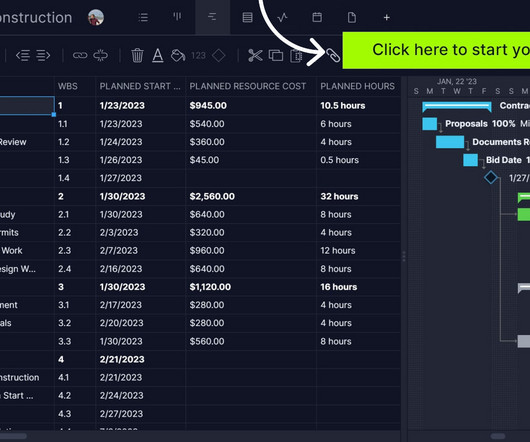7 Steps for Effective Problem Management in IT
ProjectManager.com
MARCH 30, 2020
This is called problem management, which has been detailed into best practices within the services management framework ITIL, or the information technology infrastructure library. One of the aspects of problem management is pinpointing the issue in the IT infrastructure that is the root cause of the problem, which is where the ITIL comes in.

















Let's personalize your content